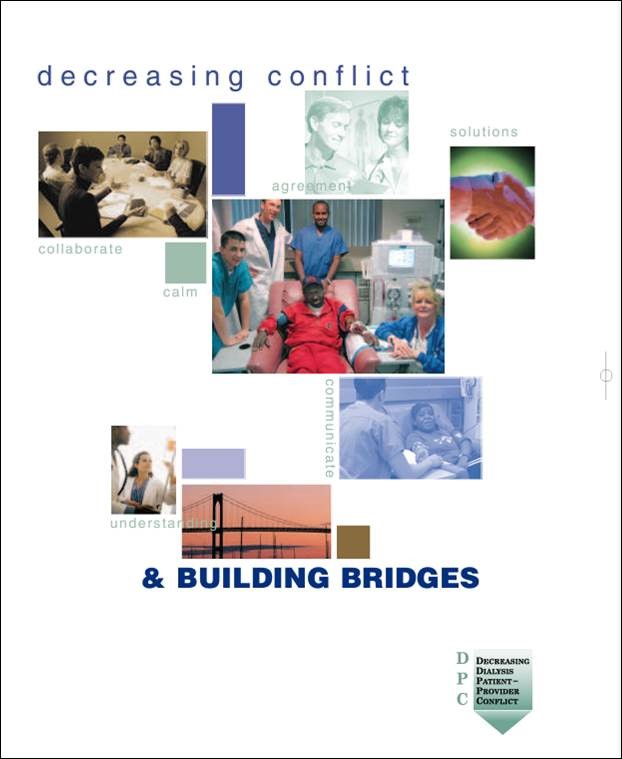
Involuntary Discharge Checklist
(Based on Conditions for Coverage V766, V767)
Per statute and regulations, a patient may be discharged only for the following reasons:
- Failure to pay for services.
- The facility ceases to operate.
- The facility can no longer meet the patient’s documented medical needs.
- The facility has reassessed the patient. And it has determined that the patient’s behavior is disruptive and abusive to the extent that the delivery of care to the patient or the ability of the facility to operate effectively is seriously impaired.
If the facility has determined such impairment is occurring, the medical director ensures that the patient’s interdisciplinary team:
- Documents the reassessments, ongoing problems, and efforts made to resolve the problem.
- Enters this documentation into the patient’s medical record.
- Provides the patient and the local ESRD Network with a 30-day notice of the planned discharge.
- Obtains a written physician’s order that must be signed both by the medical director and the patient’s attending physician concurring with the discharge or transfer from the facility.
- Contacts another facility and attempts to place the patient there.
- Notifies the State Survey Agency of the transfer or discharge.
What does “immediate severe threat” mean?
(From Interpretive Guidelines V767)
“An ‘immediate severe threat’ is considered to be a threat of physical harm. For example, if a patient has a gun or a knife or is making credible threats of physical harm, this would be considered an ‘immediate severe threat.’ An angry verbal outburst or verbal abuse is not considered to be an immediate severe threat.
“In instances of an immediate severe threat, facility staff may utilize ‘abbreviated’ involuntary discharge or transfer procedures. These abbreviated procedures may include taking immediate protective actions, such as calling ‘911’ and asking for police assistance. In this scenario, there may not be time or opportunity for reassessment, intervention or contact with another facility for possible transfer.
“After the emergency is addressed and staff and other patients are safe, staff must take these steps:
- Notify the patient’s physician and the medical director or these events;
- Notify the State [Survey] agency and ESRD Network of the involuntary discharge; and
- Document this contact and the exact nature or the ‘immediate severe threat’ in the applicable patient’s medical record.”
- Best Practices for Decreasing Involuntary Discharges - Updated Oct 2025
- Involuntary Discharge Checklist
- IVD Policy Procedure Letter - Updated Oct 2025
For more information about involuntary discharges, contact Renae Nelson, Patient Services Director at (651) 644-9877 ext. 201.
Please do not send patient-specific data (name, SSN, DOB, etc.) to Midwest Kidney Network via email as this is a CMS Security Violation and will be reported as such. You may only use the EQRS ID/UPI # when referencing a patient via email message to Midwest Kidney Network.
